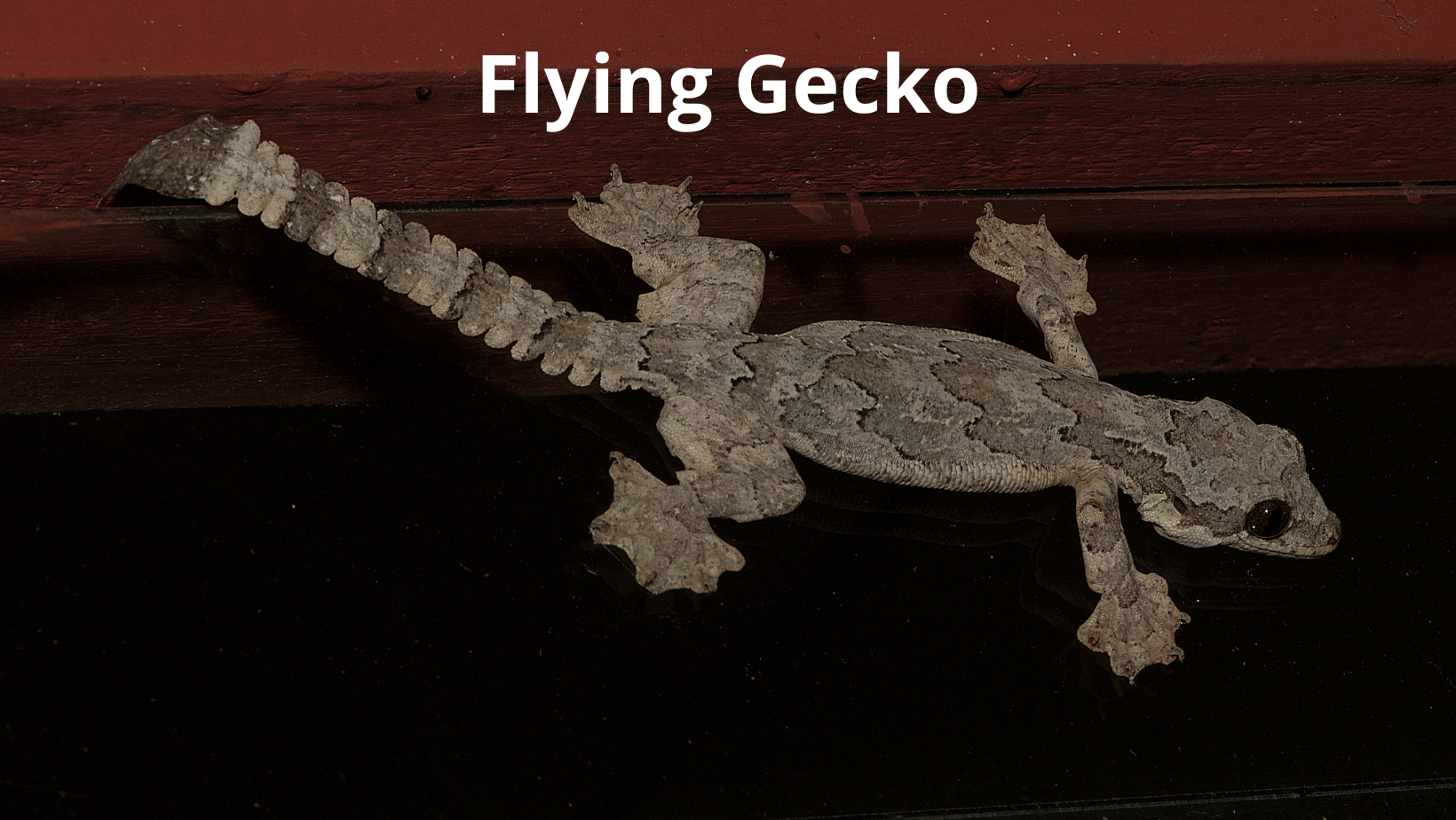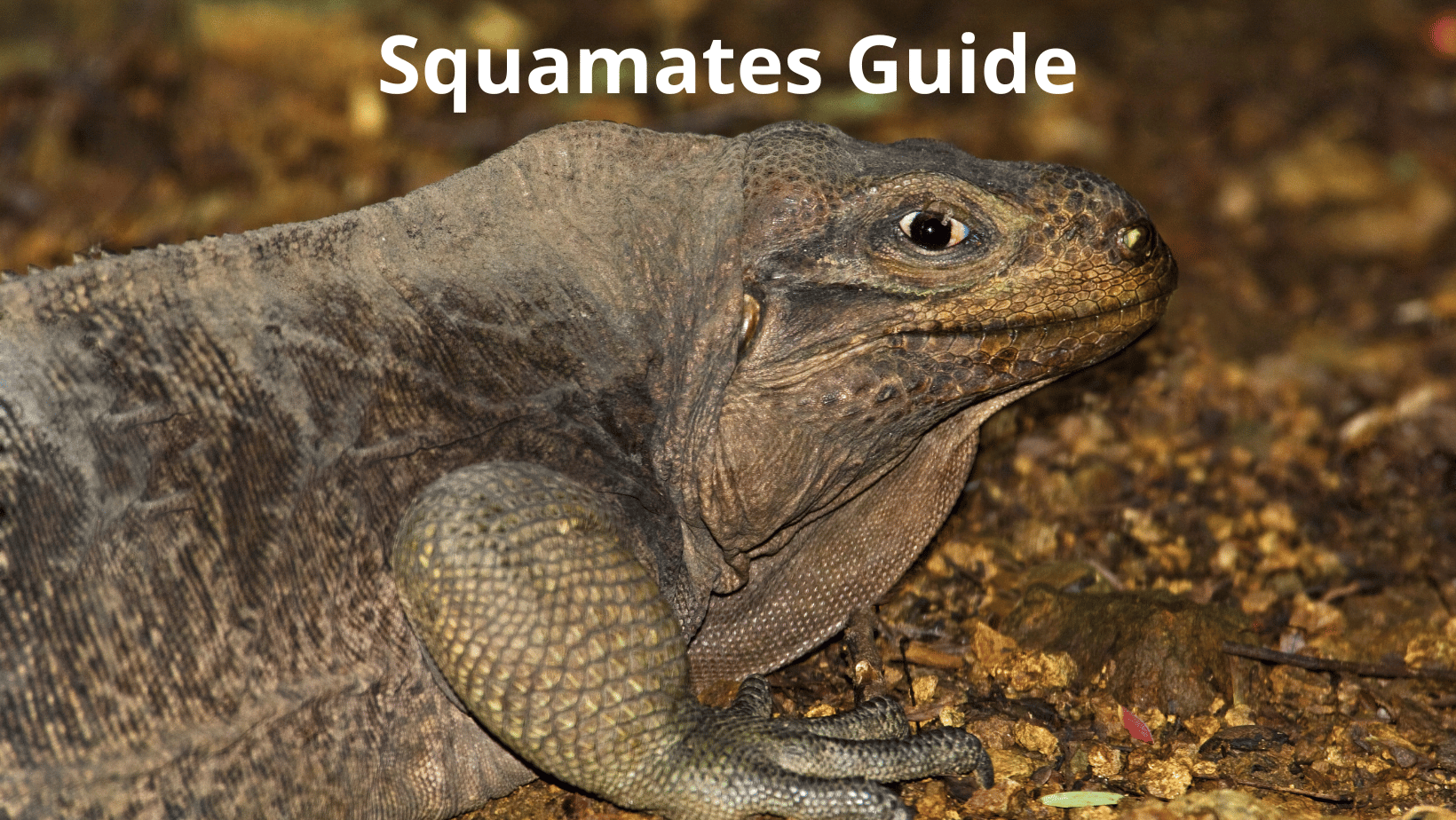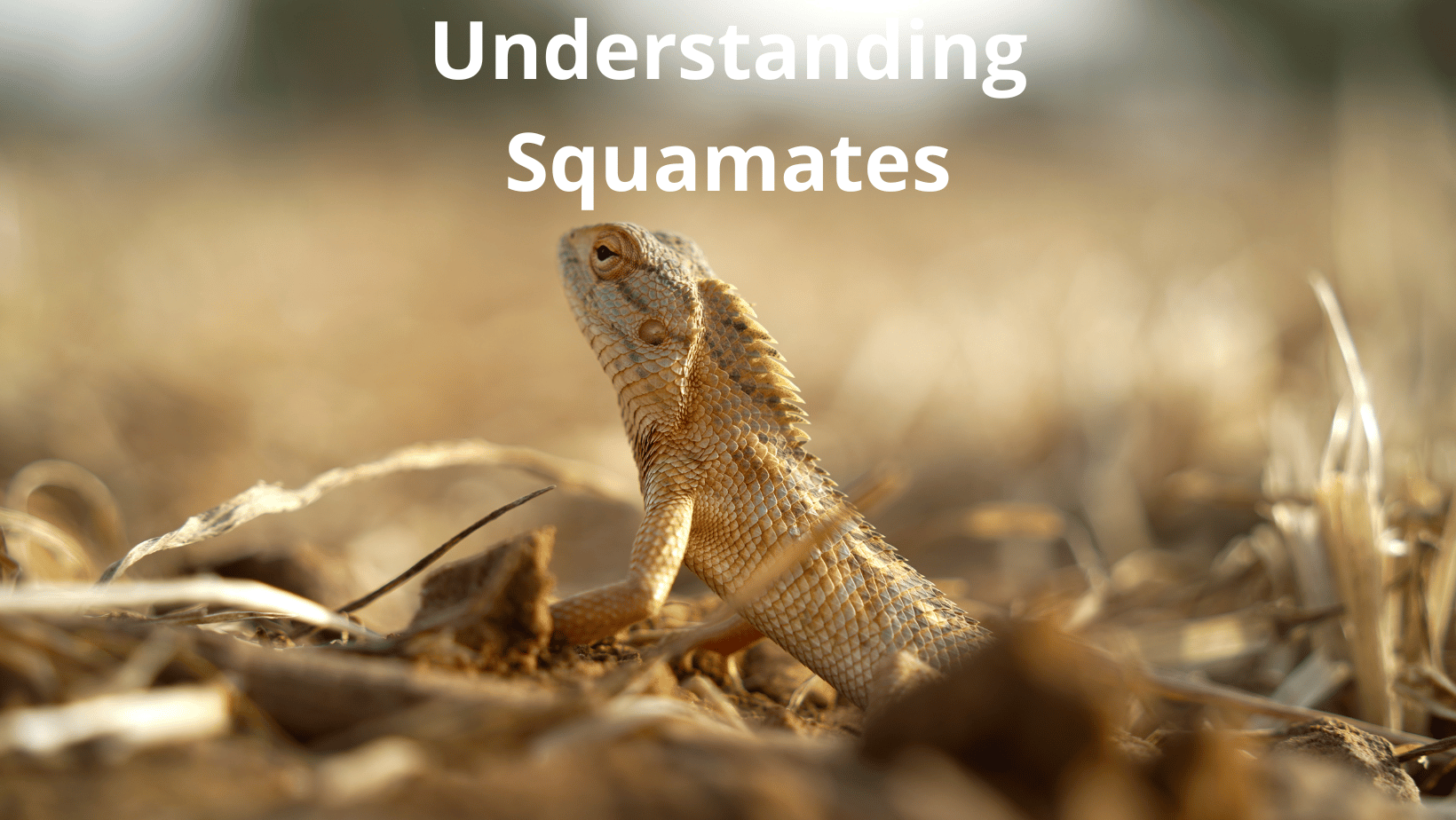Welcome to the world of Diapsids, a fascinating and diverse group that has marked a significant footprint in the evolutionary tale of reptiles.
The term “Diapsida” is derived from the Greek words meaning “two arches,” aptly named for the distinctive pair of holes, or temporal fenestrae, found on each side of their skulls.
These creatures, which first graced our planet approximately 300 million years ago during the late Carboniferous period, have evolved and diversified, giving rise to the myriad reptilian species, including birds, that we observe today.
Diapsids not only boast an impressive historical lineage but also provide invaluable insights into the evolution of skull structures in reptiles.
Their defining characteristic – the two temporal fenestrae – is more than just a unique anatomical feature. It plays a pivotal role in their adaptive strategies and holds the key to their evolutionary success.
Join us as we delve deep into the intriguing world of diapsids, uncovering the evolutionary mysteries they hold and celebrating the diversity and significance they bring to our planet’s biodiversity.
What Diapsid means – Simplified Answer
Diapsid refers to a group of reptiles characterized by having two specific openings in their skulls. This group includes many modern reptiles like lizards and snakes, as well as birds. Think of it as a unique design feature in the skulls of a vast family of animals.
The Diapsid Skull: Temporal Fenestrae
Understanding the anatomy of a diapsid skull is like unraveling the pages of an ancient history book. At the heart of this history is a key feature that defines the Diapsids: the presence of two temporal fenestrae.
What are Temporal Fenestrae?
Temporal fenestrae are essentially openings or ‘windows’ located on the sides of the skull. In the case of diapsids, there are two of these openings – one positioned above and the other below the eye. This anatomical setup contrasts with other reptilian groups such as Synapsids (with one opening) and Anapsida (with no openings).
Function and Evolutionary Significance
But why would an animal need holes in its skull? These fenestrae aren’t just random gaps; they serve a crucial evolutionary purpose. They provide space for the attachment of jaw muscles, allowing diapsids to have larger and more robust jaw muscles. The outcome? A stronger bite force and the ability to open their jaws more widely. This adaptation proves beneficial for various feeding strategies, from catching fast-moving prey to consuming larger food items.
The two fenestrae setup of diapsids also offers an added advantage in terms of weight reduction. The skeletal system remains lightweight without compromising its structural strength, offering agility and speed to its bearer.
A Peek into the Past
A closer look at the diapsid skull reveals more than just functional advantages; it’s also a testament to the reptile’s evolutionary journey. The distinct arrangement of the fenestrae gives clues about their ancestry and relationships with other reptilian groups. As research progresses, it continues to reshape our understanding, highlighting the fluidity of evolution.
In essence, the skull of a diapsid is not just bone; it’s a canvas that paints a picture of evolution, adaptation, and survival. These fenestrae, simple as they may seem, hold the key to understanding a lineage that has thrived on Earth for over 300 million years.
Historical Classification of Diapsids
The classification of reptiles and their ancestors has undergone significant changes over the centuries, adapting with new discoveries and advancements in scientific understanding. At the center of many of these taxonomic discussions are the diapsids, with their distinctive two-arched skull design.
Origins in Reptile Classification
Initially, reptiles were classified based on the number and arrangement of the openings in their skulls. Diapsids, as the name suggests, were recognized for their two openings. They stood alongside other subclasses:
- Synapsida: Characterized by a single opening low on the skull, these were the “mammal-like reptiles.”
- Anapsida: These reptiles, including turtles and their kin, had no skull openings.
- Euryapsida: Sporting a single opening high on the skull, this group encompassed many prehistoric marine reptiles.
Shifting Sands of Classification
With the advent of phylogenetic nomenclature in the late 20th century, these initial classification schemas came under scrutiny. Many of the old classifications began to unravel:
- Synapsids were identified to be more closely related to mammals than to modern reptiles.
- Euryapsida was found to be an unnatural grouping. Many of its members were reclassified as diapsids that had lost one of their skull openings.
- Turtles, long thought to be anapsids, were discovered to have diapsid ancestry. Groundbreaking genetic studies, alongside discoveries like the Triassic Pappochelys, illuminated their position as heavily modified diapsids.
Birds: The Feathered Diapsids
Another significant revelation was the position of birds within the diapsid lineage. Descendants of the traditional diapsid reptiles, birds carry forward the diapsid legacy into the skies. In phylogenetic systems, they are now recognized as members of this group.
The Evolution of Understanding
As science advanced, so did our understanding of the diapsid lineage. Their classification, once rooted primarily in physical characteristics, now incorporates genetic research, fossil evidence, and advanced analytical techniques. This evolving understanding showcases the dynamic nature of science, forever adapting and refining as we uncover more about the natural world.
In summary, the classification of diapsids has been a journey of discovery. From their initial identification based on skull anatomy to the complex, multifaceted understanding we have today, diapsids offer a compelling look into the ever-evolving world of taxonomic research.
Diapsids: The Diverse Clade
As we delve deeper into the rich tapestry of reptilian evolution, the diapsids emerge not just as a distinct group, but as a testament to nature’s endless capacity for variation and innovation. Their vast array of descendants, from agile lizards to majestic birds, reveals a clade bursting with life and diversity.
From Ancient Beginnings to Global Dominance
Emerging around 300 million years ago, the diapsids have since proliferated into numerous species, evolving and adapting to changing environments and ecological niches. Today, we find over 17,000 species of diapsid animals on Earth.
The Modern Descendants
While many ancient diapsid species have long since vanished, their legacy lives on in the vibrant array of species we see today:
- Birds (9,159 species): The avian descendants of diapsids have conquered the skies, filling every continent with their songs and colors. From the smallest hummingbird to the magnificent eagle, they all share a common diapsid ancestry.
- Reptiles (7,925 species): This group includes the likes of snakes, lizards, tuatara, turtles, and crocodiles. Each has carved its own niche – be it the stealthy approach of a snake, the ancient wisdom of a tuatara, or the aquatic prowess of crocodiles.
Adapting and Evolving
Nature’s playground has seen diapsids undergo fascinating changes:
- Some, like certain lizards, lost one temporal fenestra.
- Snakes evolved to lose both openings, leading to a streamlined form perfect for their slithering existence.
- Turtles, with their protective shells and unique anatomy, exhibit a heavily modified diapsid design.
- Birds, with their hollow bones and beaks, display a diapsid lineage reimagined for flight.
Redefining Historical Misconceptions
History had its misconceptions. Turtles, with their unique skull structure, were once considered outside the diapsid group. Modern research and evidence, however, have reintroduced them as modified members of the diapsid clan.
The diapsid lineage showcases evolution’s grandeur and the fluid nature of life on Earth. Their journey, filled with twists and turns, adaptations and extinctions, paints a vivid picture of resilience and transformation. As we look around, from the bird in the sky to the lizard in the backyard, we witness the enduring legacy of the diapsids – a diverse clade that has truly stood the test of time.
Modern Research and Discoveries
The narrative of diapsids, like the ever-twisting and branching tree of evolution, is constantly being revised and expanded upon. The modern era of research, harnessing tools from genetics to advanced paleontology, has yielded findings that reshape our understanding of this diverse group.
The Parareptilia Debate
Recent studies have brought the position of Parareptilia into sharp focus. Traditionally considered a separate lineage, newer cladistic analyses by researchers such as Laurin and Piñeiro (2017) have suggested that Parareptilia might actually fall within the Diapsida. This includes creatures like pareiasaurs, turtles, millerettids, and procolophinoids, potentially placing them in a more derived position than the basal diapsid, Younginia.
Mesosaurs: The Outliers?
A 2020 study by David P. Ford and Roger B. J. Benson stirred the waters by suggesting that mesosaurs, previously grouped with the diapsids, might actually reside outside this clade, representing a more basal position among the sauropsids.
Genetic Revelations
With advancements in genetic sequencing and molecular biology, we have been able to peer into the very DNA of these creatures, drawing conclusions that sometimes contrast with purely morphological analyses. Turtles, once a taxonomic enigma, have been revealed through genetic studies to be genuine members of the diapsid lineage, despite their unique skull morphology.
Phylogenetic Nomenclature and Its Implications
The adoption of phylogenetic nomenclature has revolutionized the way we classify and understand evolutionary relationships. Instead of relying solely on physical characteristics, this system emphasizes the evolutionary pathways, leading to a more nuanced understanding of the diapsid tree.
Redefining Diapsids
Modern research has sometimes favored a more exclusive definition of “diapsid”, considering only the crown group of current reptiles and excluding their ancient relatives. This approach, however, isn’t universal. Many experts, based on a broader view, incorporate the prehistoric araeoscelidians, as suggested by Laurin’s 1991 definition of Diapsida.
As our scientific techniques grow more advanced and refined, so too does our understanding of the diapsid lineage. What remains clear is that the story of diapsids is far from settled. Every discovery, be it a fossil bone or a snippet of DNA, adds a new chapter to the saga, ensuring that diapsids will remain at the forefront of reptilian research for years to come.
Conclusion
The diapsid lineage, spanning hundreds of millions of years, showcases the marvels of evolution and adaptation.
From their origins in the Carboniferous period to the rich diversity we witness today, diapsids are a testament to nature’s dynamism.
Our understanding of them has evolved from basic observations to multifaceted, advanced research.
Birds, lizards, and turtles, all descendants of this group, enrich our daily lives, reminding us of nature’s resilience and brilliance.
As we continue to explore their history and biology, we not only unravel the mysteries of diapsids but also gain a deeper appreciation for the intricate web of life on Earth.



